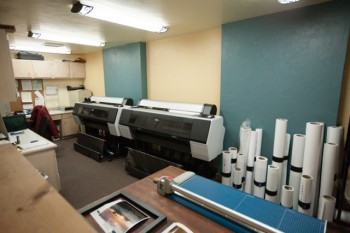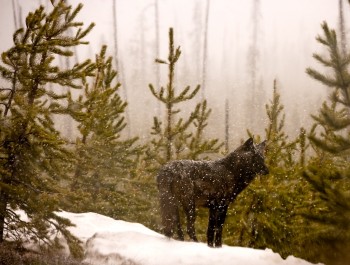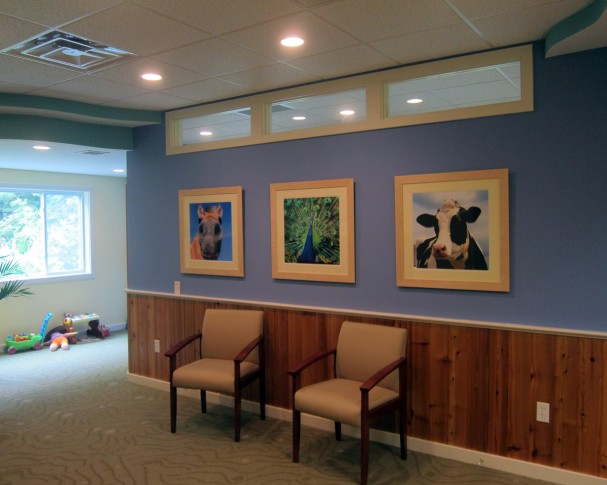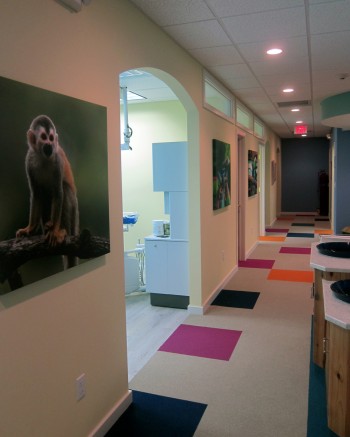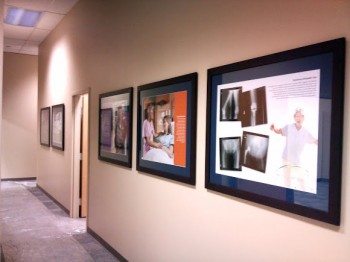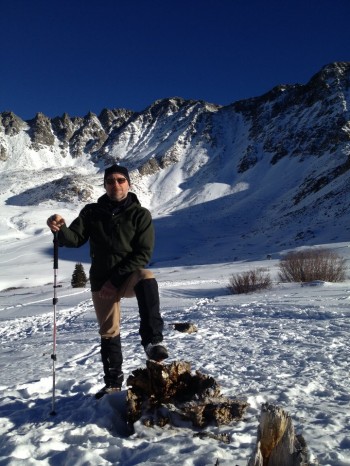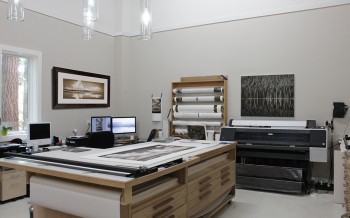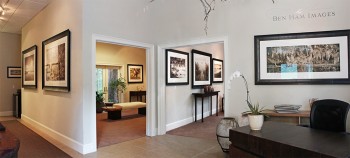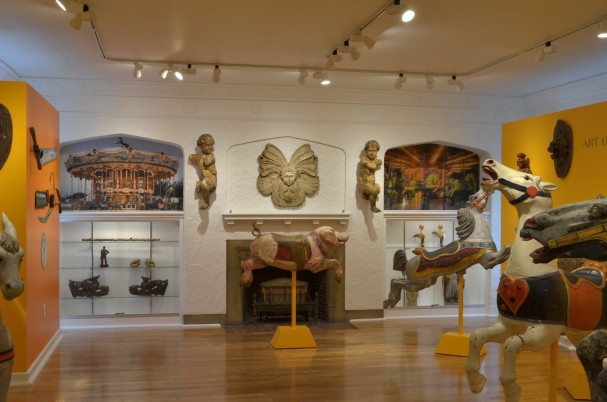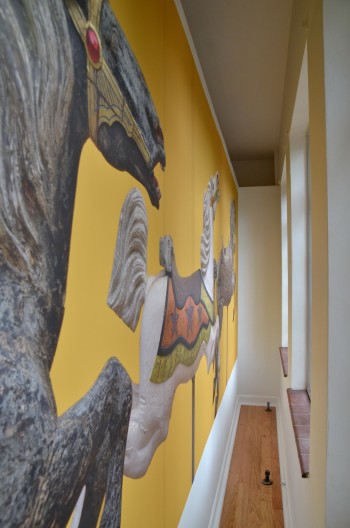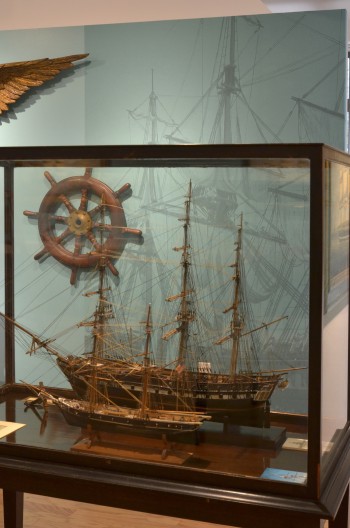
As you can tell from recent posts at the LexJet Blog, print shops, artists and photographers are finding creative ways to use the versatile LexJet Print-N-Stick Fabric. At Elizabeth’s Art Gallery in Goderich, Ontario, Canada, its most recent photo exhibition, DPI 2014, features Print-N-Stick Fabric.
The proprietor of Elizabeth’s Art Gallery, Elizabeth Van den Broeck, is a custom framer, fine-art printer, painter and photographer. And, Elizabeth’s Art Gallery is not only a gallery, but a custom frame shop, fine-art print shop and art supply store that also holds workshops for children and adults, hosts art and camera clubs (the current exhibition is for a camera club), and is active in the local arts community.
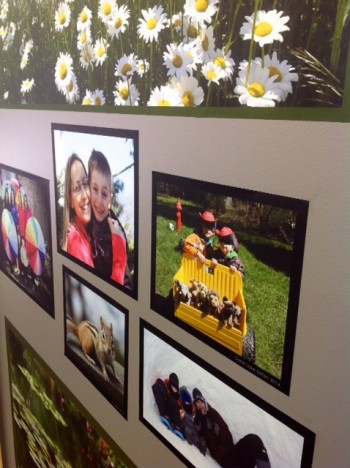
“I’m always looking for something different to print, paint and make images on; that’s always been my quest: to find different ways of looking at images. I’m also an equipment collector. I like having access to everything I could want. I like being able to do everything from absolute scratch,” says Elizabeth. “Everyone is doing canvas and different photo and fine art papers. We’re looking for other ways to work with photos. In addition to Print-N-Stick we’ve been experimenting with photo-sensitive dyes on fabric, and of course, the traditional canvas and photo prints.”
The DPI 2014 exhibit is just the beginning of Elizabeth’s use of Print-N-Stick. As part of a public art group, Elizabeth is looking for ways to provide seasonal public art, as opposed to permanent pieces. She calls it a “back-door deal” that literally makes use of the back doors in Goderich.
“I’m thinking it would be cool to do temporary pieces that can be applied and removed with no indication they were there. I want to apply art with Print-N-Stick to my whole back door and see if we can do the back doors of the back alleys of all the spaces in the town square, so it’s kind of a back-door deal,” she says.
Elizabeth already has a test piece on her back door that she says has been “seriously mistreated,” meaning that it’s been crumpled up, applied to various surfaces, peeled off and applied again, finally on the back door. “The print quality is perfect, and it’s very easy to apply,” she adds.

Elizabeth has an Epson Stylus Pro 9900 that she’s had for the past five years. The printer, through no fault of its own, has a mind of its own sometimes. The printer was a victim of an F3 tornado that ripped through Goderich in 2011, damaging or destroying most of the buildings and ripping out all the trees in a park adjacent to Elizabeth’s building.
Elizabeth’s Art Gallery sustained roof and water damage and was out of commission for about eight months. It could have been worse, as the building next door was completely torn away by the tornado.
That’s probably why Elizabeth describes her business, beyond its eclectic photo and art mix, as “enduring.” She’s been in business for 22 years and has been printing since the inception of digital printing back in the ‘90s.

You should check out her magnificent original paintings, which you can find at www.elizabeths.ca under ELIZABETH’S ART. There you’ll find her encaustic, pastel, oil, acrylic and textured acrylic paintings.
“I try to push colors and paint negative space. I paint the space between things first, so that whatever the subject is, they just arrive,” she says.

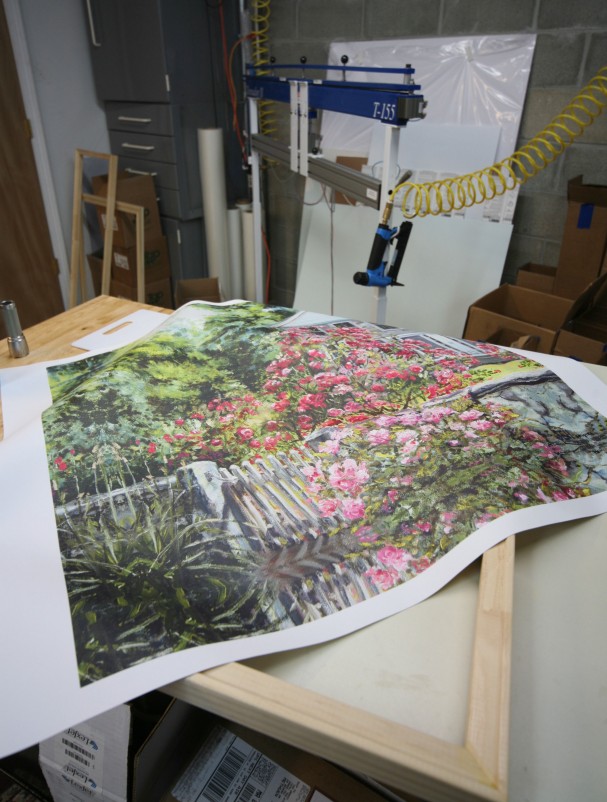
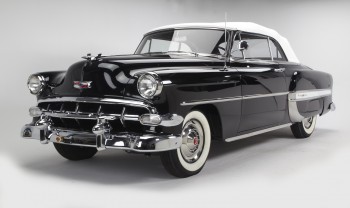
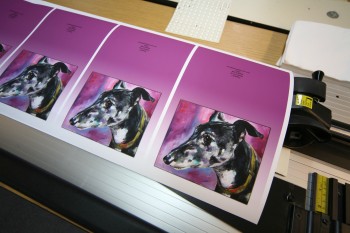
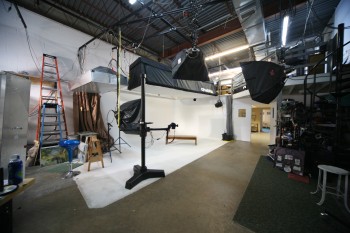

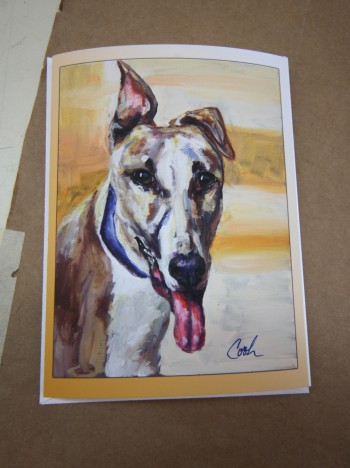

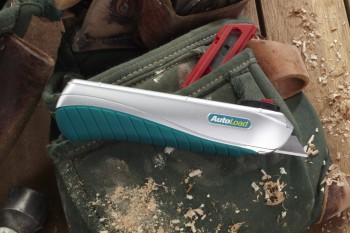
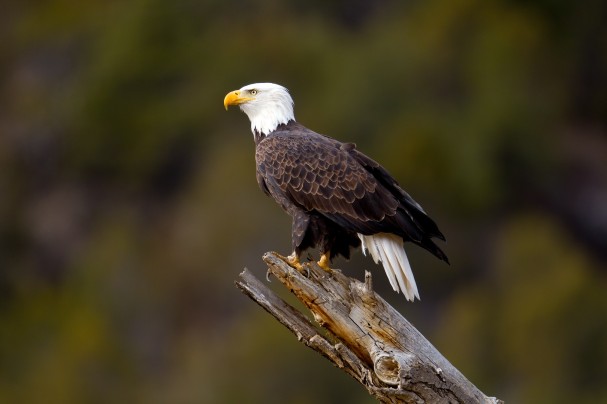
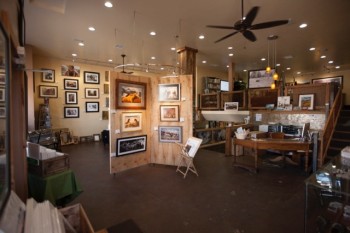

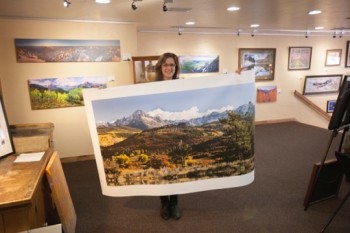 “I knew that being a
“I knew that being a 